The Best Ideas from COP30, the UN Climate Summit in Brazil – 18 December 2025
The Clean Coalition was a partner organization for this webinar, which took place on 18 December 2025 at 10am.
Read More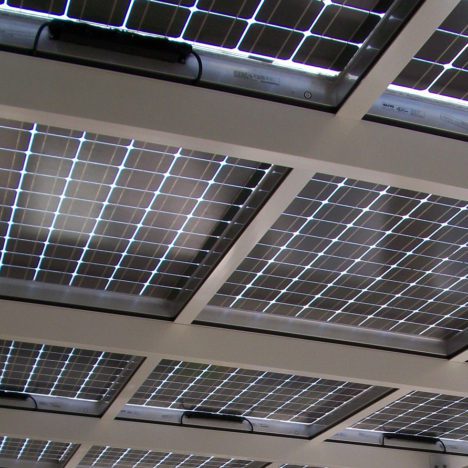


AES Distributed Energy, a business unit of AES Corporation, is a national leader in clean energy and FIT programs. The AES Distributed Energy generation portfolio includes over 155 megawatts (MW) of solar projects in operation, with an additional 300+ MW contracted or in development. AES Distributed Energy brings reliable and economical distributed energy systems to schools, municipalities, utilities, corporations, and commercial and industrial clients, with many projects made possible by FITs, such as one in Lemoore, California authorized by California Assembly Bill 1969.
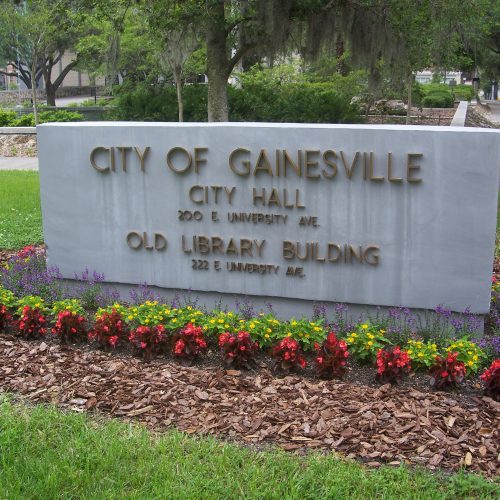
From the time it established a FIT in 2009 to 2015, the city of Gainesville, Florida grew its solar PV capacity by over 5,300% and created 300 local jobs, while energy prices rose by less than 1 percent. By 2015, Gainesville, with more than 15 megawatts (MW) of solar generating capacity and 200,000 residents, boasted an installed solar capacity per capita total more than triple the United States average.

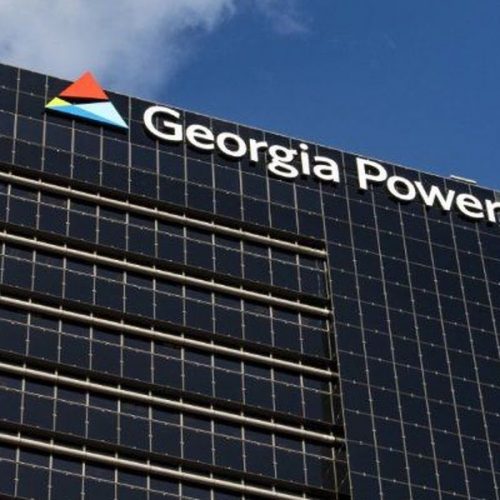
The decreasing costs of solar installations, increasing costs of electricity, and efforts by the Georgia Public Service Commission have paved the way for FIT growth in Georgia. Georgia Power’s advanced solar initiatives combined with progressive research and forward-thinking state energy policies launched Georgia Power into the national spotlight as a clean energy leader while unleashing wholesale distributed generation (WDG). Georgia’s significant solar potential went largely untapped until the Clean Coalition introduced our FIT guidelines and design to Georgia Power in 2012. Georgia Power’s Advanced Solar Initiative, which was designed using our guidelines, enabled Georgia Power to cost-effectively expand its renewables portfolio, including 190 MW of local solar, without raising customer rates.
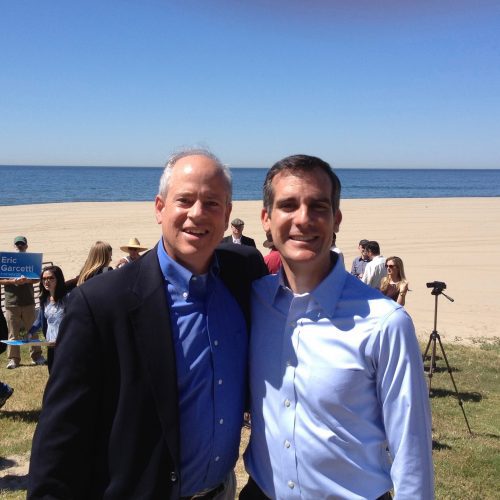
Established in 2013, by April 2018 the Los Angeles Department of Water & Power’s (LADWP) CLEAN LA Solar program was generating 47 MW of solar projects, with another 56 MW in development. In addition to significantly reducing carbon emissions, CLEAN LA Solar has also translated demand for clean energy into local economic growth. The program is expected to create 4,500 jobs and generate $500 million in economic activity, according to the Los Angeles Business Council. As Los Angeles Mayor Eric Garcetti explained, “Until L.A.’s FIT was launched, 75 percent of our city’s rooftop market was ineligible for solar because of insufficient load or because so many buildings are non-owner-occupied or multi-tenant.”
High demand has prompted widespread calls to expand CLEAN LA Solar by a factor of four, which matches the plan Mayor Garcetti laid out while building support on the campaign trail. The Mayor promised to increase the production of local solar energy to 1,200 MW by 2016 — with at least 600 MW from the CLEAN LA Solar program. According to independent studies by UCLA and the Clean Coalition, expanding CLEAN LA Solar to this size would bring the city over 18,000 new job opportunities and up to $2 billion in private investment.

The Clean Coalition helped design two FIT programs for Long Island Power Authority (LIPA). Launched in July 2012, the LIPA’s CLEAN Solar Initiative guided the development of local solar projects to critical points on the utility’s grid. After a highly successful initial offering of 50 MW, LIPA announced a second iteration in 2013 to bring an additional 100 MW solar energy to the region. By utilizing local renewables (rather than new centralized generation and transmission) to meet rising demand for electricity, the New York utility estimated it could save its customers nearly $84 million by 2020 compared to the cost of adding transmission capacity.

PSE&G is the pioneer behind utility-owned WDG in the United States. Their renewable energy initiatives have helped make New Jersey one of the leading states for solar energy development. The utility’s renewable energy initiatives, such as their Long Island commercial solar FIT, create jobs, make communities more resilient, stimulate economic activity, and help mitigate climate change. PSE&G’s success in deploying utility-owned wholesale DG led to its rise as one of the nation’s top ten solar-connected utilities.
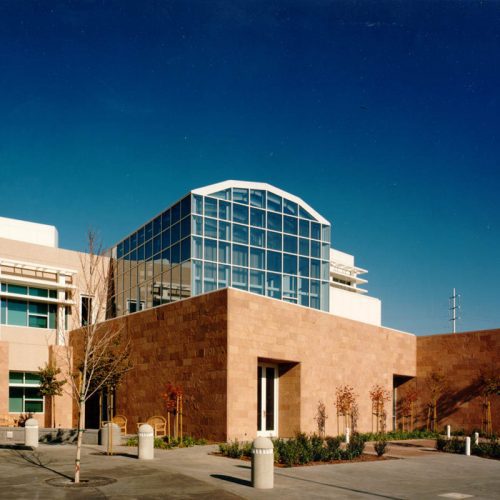
Local renewable energy generation has already proven cost-effective in the state of California. In 2010, the municipal utility for the city of Sacramento — known as the Sacramento Municipal Utility District (SMUD) — launched a well-designed FIT. Within just one day of program launch, SMUD received nearly enough bids to fill its entire 100 MW FIT. Within two years, 98.5 MW had been successfully installed.
Nearly all of this capacity came online with no impact on electric rates compared with business as usual. It is worth noting that the nearly 100 MW of local solar in the SMUD service territory is equivalent to 2.5 gigawatts of local solar if a similar program were extended across the entire state.

The Clean Coalition provided leading policy support to clean energy organizations engaged in the legislative process to enact Vermont’s statewide FIT, known locally as the Standard Offer program. Through the passage of the 2012 Energy Bill, Vermont expanded the statewide program from 50 megawatts (MW) to 127.5 MW. The program was structured with no limit on the amount of clean local energy that can come online from facilities providing sufficient locational benefits.
The statewide FIT greatly simplifies the process for bringing local, renewable energy projects (up to 2.2 MW) for citizens, farmers, and small business. Under the Vermont FIT, around 28 MW of clean local energy generation was deployed in just three years.

FITs are the only approach that has been proven to unleash wholesale distributed generation (WDG), a critically underserved market segment in the United States that offers a tremendous opportunity for cost-effective clean local energy.
Learn more
Starting in 2000, Germany enacted a national feed-in tariff (FIT) that propelled the country to become the world’s clean energy leader. Germany experienced tremendous growth of local renewable energy because this FIT unleashed the WDG market segment.
Learn moreGeorgia Power has aggressive goals for utilizing solar power, including lots of local solar, without raising customer rates. Our Advanced Solar Initiative has allowed us to cost-effectively expand our renewable portfolio, and we are now a national leader with over 735 MW of installed solar capacity. The Clean Coalition's CLEAN Program Guide and other resources definitely facilitated the design and implementation of our programs, including the standard offer program we developed for commercial-scale solar projects.
John Kraft
Georgia Power Spokesperson
The Clean Coalition was a great partner for providing valuable insight and a national perspective in the evaluation and design of the Long Island Power Authority’s CLEAN Solar Initiative. With their help, LIPA is actively engaged in bringing an additional 50 megawatts of cost-effective renewable energy online.
Michael Deering
VP Environmental Affairs, Long Island Power Authority
I would like to take this opportunity to thank you for your support for the Long Island Power Authority's CLEAN Solar Initiative.... It was in no small part due to your support that the program was approved by LIPA's Board of Trustees.
Michael Hervey
Former Chief Operating Officer, Long Island Power Authority
Thanks to the Clean Coalition's leadership on Palo Alto CLEAN, the city is now able to bring megawatts of clean local energy online quickly and cost-effectively.
Peter Drekmeier
Former Mayor of Palo Alto
The latest in clean local energy
Learn about our innovative projects and initiatives on our blog, and see what others are reporting about our important work.
The Clean Coalition was a partner organization for this webinar, which took place on 18 December 2025 at 10am.
Read MoreThis podcast episode of Energy Central's "Power Perspectives" welcomes Craig Lewis, Founder and Executive Director of the Clean Coalition, to explore how local solar and storage can flatten the duck curve, cut costs, and build a more resilient grid.
Read MoreThe Clean Coalition presented during this in-person gathering, held on Friday, 5 December 2025 from 3:30–5:00 pm PST at CEC’s Environmental Hub, 1219 State St Suite A, Santa Barbara, CA 93101.
Read More